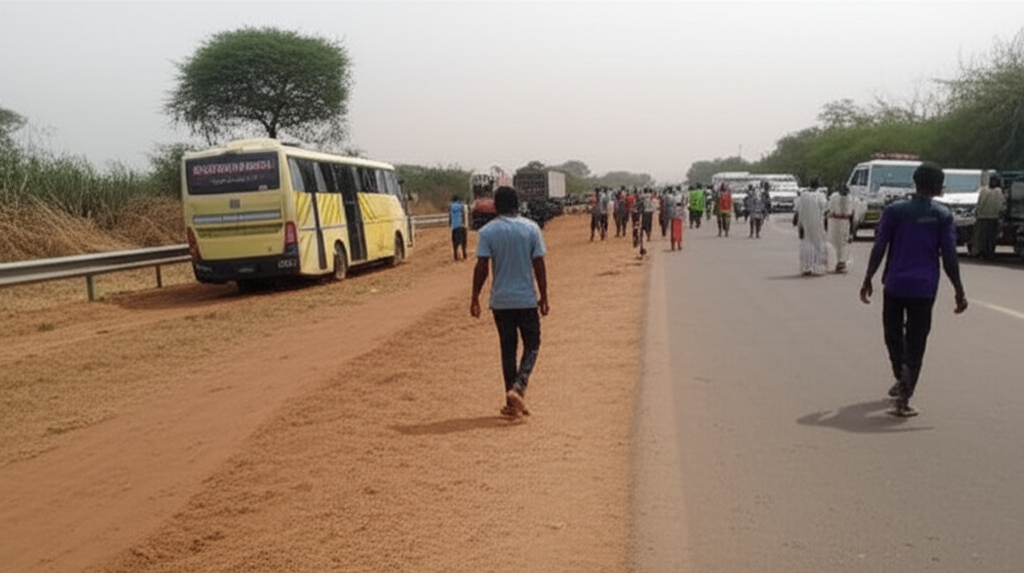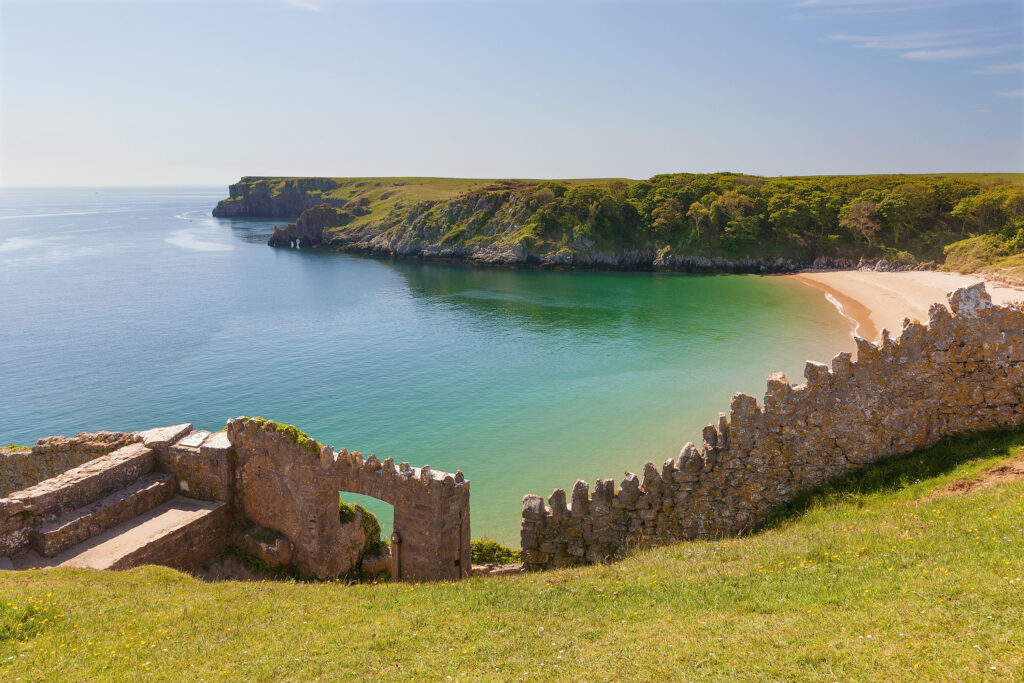Blog
A road collision kills at least 21 people in northwestern Nigeria

At Least 21 Killed in Head‑On Collision on Zaria–Kano Expressway
KANO, Nigeria (AP) — A devastating head‑on crash along the busy Zaria–Kano expressway in Nigeria’s northwestern Kano State has claimed at least 21 lives, including 19 men and two women, authorities confirmed on Monday bignewsnetwork.com+3apnews.com+3english.news.cn+3.
The collision occurred on Sunday, July 6, 2025, when a commercial passenger vehicle—commonly known as a “”danfo”—travelling in the wrong direction collided head‑on with a heavy‑duty truck. Investigators from the Federal Road Safety Corps (FRSC) say the passenger vehicle driver “contravened established traffic regulations” by driving across oncoming lanes, triggering a lethal crash apnews.com.
Only three people survived, sustaining injuries that are believed not to be life-threatening, according to the FRSC report.
? Context & Patterns
Road traffic accidents have become a major challenge in Nigeria, especially along its northern corridors. In 2024 alone, a staggering 5,421 people died in 9,570 reported road traffic incidents nationwide legit.ng+6apnews.com+6en.wikipedia.org+6. Causes frequently cited include vehicle overloading, poor road infrastructure, mechanical breakdowns, reckless and fatigued driving, and inconsistent enforcement of traffic laws.
Earlier this year, another major incident occurred on June 1, along the Kaduna–Kano expressway, where a bus carrying athletes home from the National Sports Festival crashed, resulting in 21 to 22 fatalities including participants of the Kano State contingent jagonews24.com+4english.news.cn+4bignewsnetwork.com+4. Authorities attributed that crash chiefly to excessive speed and driver fatigue arabnews.com+1jagonews24.com+1.
These recurring tragedies prompted President Bola Tinubu to express deep sorrow and call for intensified safety measures. Following the athletes’ crash, he described the loss as a “devastating blow to the nation” and urged enhancements in road safety oversight apnews.com+7english.news.cn+7bignewsnetwork.com+7.
?️ The Scene of the Crime
- Date & Location: Sunday, July 6, 2025, along the heavily trafficked Zaria–Kano expressway.
- Vehicles Involved: One commercial passenger bus/four-wheeler and a heavy-duty truck.
- Casualties: 21 dead (19 males, 2 females); 3 survivors injured.
- Probable Cause: Preliminary FRSC findings indicate that the passenger bus was traveling the wrong way, violating traffic regulations — a common trait in Nigerian highway collisions bignewsnetwork.com+3apnews.com+3english.news.cn+3english.news.cn+5arabnews.com+5jagonews24.com+5.
? Underlying Causes
FRSC data and multiple expert analyses point to a myriad of contributing factors:
- Wrong‑way driving – often due to impatience, navigation errors, or deliberate shortcuts.
- Driver fatigue – especially among long-haul commercial drivers, aggravated by poor enforcement of rest-period regulations jagonews24.com+2arabnews.com+2aljazeera.com+2.
- Speeding – recognized as contributing to over 50% of accidents in some regions arabnews.com.
- Inadequate road conditions – spotty lighting, poor signage, and pothole-damaged highways.
- Poor vehicle maintenance – frequent breakdowns among public transport vehicles.
Together, these factors cultivate a high-risk environment on major expressways such as Zaria–Kano.
?️ Official Response & Broader Implications
The FRSC has reiterated its call for:
- Stronger enforcement of traffic laws,
- Exhaustive pre-trip vehicle checks,
- Mandatory compliance with morning/afternoon rest periods for drivers,
- Educational campaigns targeted at drivers and passengers alike.
Authorities have also pointed to systemic issues in regulatory oversight, including lax monitoring of commercial transport operations, especially at peak travel times and holiday seasons. Analysts argue that without major investments in road engineering and regulation, these tragedies will continue.
? What Should Be Done
To address the high incidence of deadly road collisions, experts recommend:
- Policy reform & enforcement: Enact mandatory daytime traffic directionality, with strict penalties for contravening direction and municipal patrols.
- Driver welfare protocols: Enforce rest breaks, hours-of-service limits, and sanctions for fatigued driving.
- Infrastructure upgrades: Improve signage, install speed cameras, reinforce road painting, and ensure lighting along key routes.
- Vehicle fitness initiatives: Introduce compulsory roadworthiness inspections for public transport vehicles.
- Focused public safety campaigns: Target both drivers and passengers, with instructions on vigilance, seat-belt use, and reporting dangerous driving.
?? A National Call to Action
This most recent tragedy brings the highway death toll into sharp relief—and underscores the urgent need for reform. With at least 5,421 deaths on Nigerian roads last year, it is clear that such collisions cause more loss than many other calamities combined.
These losses impose heavy social and economic costs—families displaced, lives cut short, and national productivity eroded. Stakeholders, including the government, transport unions, civil society, and the public, must urgently collaborate to prevent further bloodshed on Nigeria’s highways.
In summary, the Kano expressway crash is a heart‑wrenching reminder of systemic failures in road safety. Only through concerted, sustained effort—from policy to enforcement to infrastructure—can Nigeria hope to protect its citizens and reverse the deadly trend stalking its roads.












